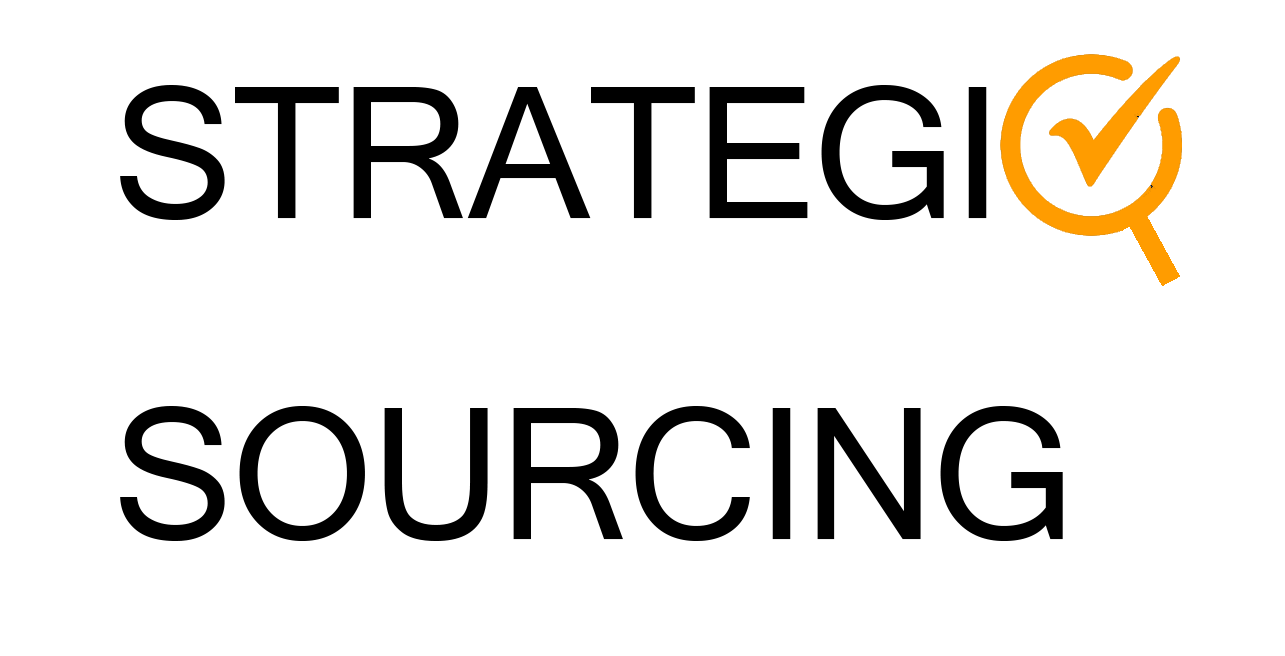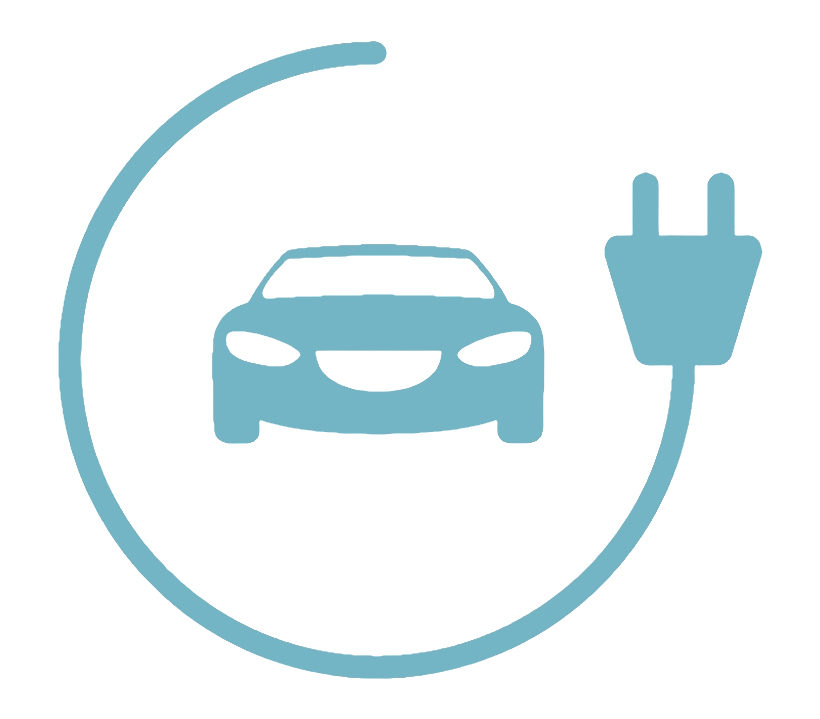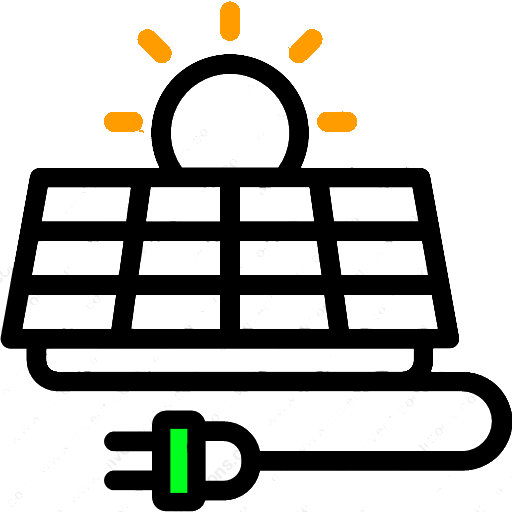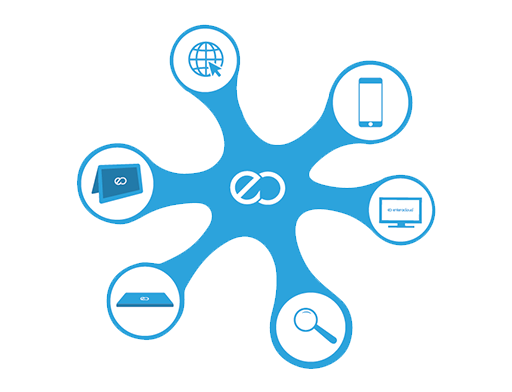Household Lighting mainly covers Pendant Light (Chandelier), Ceiling Lamps, Desk Lamps, Wall Lamps, etc. All end customers are residents, the biggest customer base with the fiercest market competition.
Material selection affects the lights’ life span. Here are 5 common materials and their characters.
- Plastic is lightweight and simple in processing. But it ages faster, easy to deform when heated. The acrylic cover is the best. However, it is pricey.
- Metal is featured by corrosion resistance and long service life.
- Crystal lights are more expensive and are used more in high-end places like villas.
- Glass and ceramics are fashionable and can last longer. Additionally, note that today’s markets often use glass to pretend to be crystals.
Household Lighting – Ceiling Light
Help Me Custimize/Wholesale
Outdoor Lighting – Wall Wash Light
Help Me Custimize/Wholesale
According to use scenarios, Outdoor Lighting includes Wall Wash Lights, Lawn Lights, Garden Lights, Floodlights, Underwater Lights, Street Lights, etc.
Generally, materials must be waterproof (IP65), UV resistant, and corrosion.
Aluminum and stainless steel are better than iron. Among stainless steel, 201 and 304 are the most common. With respect to aluminum, it’s easy to process and cheaper than stainless steel.
In addition, it is essential to consider the upper limit of the material’s temperature tolerance and affordability of thermal expansion and contraction. Because outdoor environments are complex and volatile. Typically, there are high requirements for production processes and technology of outdoor lights.
Common types of Commercial Lighting include LED strips, downlights, spotlights, and so forth.
The LED chip size determines the LED quality and brightness. A larger chip is recommended, but the price is higher. American Chip is the most expensive, followed by Japanese Chip and German Chip. Taiwan Chip’s price is moderate.
LED packaging materials include epoxy resin and silicone. Epoxy resin is lower in price. But its heat dissipation performance is not as good as that of silicone.
Regarding LED Strip, the brightness and color affect the price. Note that the LED Strip market is complex, so you should pay more attention. For example, formal manufacturers attach operating instructions and specifications to the package.
Commercial Lighting – LED Strip Light
Help Me Custimize/Wholesale
Smart Lighting
Help Me Custimize/Wholesale
Smart Lighting has been a preferred option to modern people for the great convenience, personalized scenes, and mood-setting with color changing.
Compared with traditional bulbs, smart bulbs cost more. Why expensive?
- Besides high requirements of such materials as lamp beads, Zigbee chips or Bluetooth chips are made part of smart bulbs (e.g. Philips Hue bulbs). All these make smart bulbs costly.
- R&D investment is required for smart bulbs, such as the microcontroller, wireless antenna, and licensing fees for protocols like Z-Wave.
- Most smart bulbs demand a hub to operate. Remember to ensure the compatibility between chosen smart bulbs and hubs.
Tell us your thoughts. We’ll handle the rest well for you, whether you are experienced or new to importing LED lights from China.
Before importing LED lights from China, you should know…
Quick List
- LED lighting industry clusters in China.
- Where to find Chinese LED light manufacturers?
- Five important factors help you choose suitable LED suppliers.
- LED lighting Cert. required by Europe, North America, the UK, Australia & Japan.
- Shipping methods and incoterms comparison for your reference.
- Six frequently asked questions about importing LED lights from China.
Led Lighting Clusters in China
China’s lighting industry is highly concentrated in three areas, whose output value accounts for 90%+ of the entire industry.
Guangdong Province is home to most lighting factories in China.
- Zhongshan City is well known as the “Chinese Lighting Capital”, as more than 50% of decorative lighting across China is manufactured there.
- Foshan and Huizhou are two LED light manufacturing bases, specializing in the production of commercial LED lights.
- Shenzhen has many high-tech LED suppliers so that you can find digital lighting suppliers.
Fujian Province has attracted lots of competitive lighting companies to locate there. Xiamen is famous for LED chip packaging and high-end LED bulbs.
Zhejiang Province, Jiangsu Province, and Shanghai collect many famous international brands with OEM suppliers there. And these international brands supply most high-end outdoor LED lights and special industrial LED lights.
Where to Find Chinese LED Light Manufacturers
- Alibaba
- Global Sources
- Made in China
- StrategicSourcing
- DHgate
- Google Search
Alibaba & Global Sources & Made in China all have rich LED light suppliers, including different trading companies, wholesalers, and direct factories. Here I would like to give you a tip. Generally, a supplier with multi-category operations is usually a trading company. Meanwhile, multi-category operations mean a lot of production lines covering indoor and outdoor LED lights.
StrategicSourcing integrates rich factory sources and has its supply chain database. It will track your budget and help you match the best suppliers whether you need OEM or ODM services. Here customization services and private label solutions are available. If you want to have your brands, you can get guidance in packaging making here at a competitive price, even purchasing quantity is small. Quality inspection service can help you ensure all the products are in good condition before the shipment.
DHgate is good for beginners who want to start a small business or for personal use. Many small LED light MOQs are lower than Alibaba. However, search results on DHgate are products. You need to click and then learn more about the supplier. For example, you’ll find 5,579 results for household lighting wholesale, but not all products are exactly what you want. However, you’ll get 3,852 results of household lighting suppliers in Alibaba, and see the basic information of suppliers at a glance.
You can enter keywords in Google to browse the top-ranked suppliers’ official websites to get their product information and current international market. But this way will cost you much time to dig deeper into information. Hence, Google search is preferred as an auxiliary tool to help you collect suppliers’ official information like the company scale. Recommend you to obtain an in-depth understanding of suppliers through other channels.
Certifications for LED Lights
As the lighting industry develops, more product certifications are being published to ensure the quality and safety of LED lights. So far there have been a lot of certifications for LED lighting products. For anyone who wants to import LED lights from China, it’s a must to know the certifications in advance, as the market requirements differ in Europe, North America, and other regions.
Certification Agencies in Europe
CE Marking is necessary for any lighting products sold in Europe. With CE certification, products can freely move in the European market. It means manufactured products meet the standards of safety, health, and environmental protection stipulated by the EU.
RoHS certification sets standards for LED lighting products. All LED lights sold in the EU market must be RoHS compliant. It restricts the use of the specific hazardous materials which exist in the traditional bulbs and is harmful to health.
ENEC is a European Mark for electrical products that demonstrates compliance with European safety standards. Any lighting products with ENEC Marking means they have been certified by one of the national institutions in Europe.
With S Marking, your product may be sold throughout the EU without further safety testing or certification. S Mark is only found on products that have been independently tested and certified to applicable safety standards. S Mark is assurance that your brand reputation will not be put at risk by a product safety failure.
Certification Agencies in North America
UL Certification is still the most widely accepted one by the US market where exist plenty of certifications for LED lights (e.g. UL, ETL, CSA, and MET). For any LED lights accredited by UL Certification, they must pass UL8750 which is designed to test if products meet the requirements based on its published standards of safety. It includes electrical shock, heat hazard, energy hazard, fireproof materials tests.
ETL Mark is proof of product compliance to North American safety standards. It is issued by Intertek. And Intertek ETL tests products to previously published UL Standards for Safety, products marked as ETL Listed meet the same criteria as those marked UL Listed or UL Recognized.
CSA (Compliance, Standards, and Accountability) Group is a Canadian standards development organization that accredits products to a wide range of standards certification from many different organizations. CSA Group is accredited by the American National Standards Institute (ANSI) in the US. “CSA marks in lighting can provide product evaluation, energy efficiency verification, test and certification, and quality standards certification for the lighting industry.”
MET Mark indicates that the LED lights have met the minimum requirements of the applicable safety standards. Products with MET mark is accepted throughout the US and Canada. It validates the product’s continued compliance to these standards as evidenced by periodic factory follow-up inspections.
FCC certificate for LED lights means products have been tested to comply with FCC standards. An FCC certification does not imply that the product is safe or durable. It simply means that it meets regulated limits for ionizing radiation.
ENERGY STAR is a United States government-backed system for energy efficiency. The Environmental Protection Agency (EPA) ensures that each LED light that earns the logo was independently certified to deliver the quality, performance, and savings that consumers have come to expect. It is one of the most well-known certifications for electrical appliances including the LED lighting products. ENERGY STAR-certified LED lights use almost a quarter of energy less than conventional lamps, which can save you money in the long run.
DLC (DesignLights Consortium) is a certification issued for commercial LED lights based on their color rendering capabilities, lumen maintenance, longevity, light distribution and output, and the duration of the warranty period. This certification is commonly used for retrofit kits, industrial-grade, and commercial lighting panels. Different from ENERGY STAR, it’s only for lighting products.
Certification Agencies in the UK
UKCA (UK Conformity Assessed) marking is a new UK product marking after Brexit, which is used for goods being placed on the market in Great Britain (England, Wales, and Scotland). It covers most goods that previously required the CE marking, known as “new approach” goods. The UKCA marking came into effect on 1 January 2021.
BSI Kitemark stands for quality, safety, and trust so if a product carries a BSI Kitemark, customers will know that it has been independently tested regularly and that it will perform to that consistent quality every time.
Certification Agencies in Australia
LED light with SAA Mark means that it has passed the Australian and New Zealand standard for electrical requirements and is lawfully allowed to be sold to end-users in both countries. Any electrical product sold in Australia and New Zealand must be proven to be safe.
The C-Tick is an identification trademark registered to the Australian Communications Media Authority (ACMA). The C-Tick mark signifies that the labeled LED lighting product is compliant with applicable electromagnetic compatibility (EMC) requirements.
Certification Agencies in Japan
PSE is Japan’s mandatory safety certification aimed to ensure that all the electrical and electronic products have passed the requirements. All LED lighting products must be PSE certified in Japan. It falls under two categories which are Specified Products and Non-specified Products. Specified Products must be PSE certified by a METI authorized third-party certification body. These products have a diamond PSE mark. Non-specified products must be certified by a qualified certification body or compliance may be self-declared by the manufacturer. These products must have a circle PSE logo.
Common Tests for LED Lights
CE-LVD (2014/35/EU)
It’s a “New Approach” Directive (which came into force on 20 April 2016), replacing previously LVD (2006/95/EC) and combining the “original” LVD (73/23/EEC) and subsequent amendments.
It aims to ensure the safety of low-voltage equipment within the directive scope (electrical products with AC voltage between 50V and 1000V and DC voltage between 75V and 1500V). The safety mentioned here is not purely electrical safety, but the safety of all aspects of products within the scope of LVD, including mechanical safety, chemistry, noise, vibration, etc. It included many test items, and here I list some for your reference: impact test, screw torque test, plug torque test, earth continuity test, etc.
CE- EMC (2014/30/EU)
It’s aligned to the New Legislative Framework (which came into force on 20 April 2016). It measures the performance of products in terms of electromagnetic interference and immunity, ensuring all electrical and electronic equipment sold in the EU market comply with the allowable electromagnetic compatibility. The actual situation for conducted and radiated emission test and actual situation for immunity to disturbances tests are covered.
LM79
Conducted by the Illuminating Engineering Society of North America (IESNA), it’s an approved method for measuring an LED luminaire or integral lamp as a whole system using specified equipment to ensure consistent results. This test provides the total luminous flux, luminous intensity distribution, electrical power characteristics, lumen output efficacy, and color characteristics like CRI and CCT.
LM80
Also conducted by IESNA, it’s the approved standard for measuring lumen maintenance of LED sources. This test can apply to any piece of the LED system rather than the entire system itself and is used by the Energy Star program to determine the rated lifespans of LED lights.
UL 1598 | UL 8750
UL 1598 is a standard for luminaires. It includes safety testing for temperature, shock, and reliable mounting methods.
UL 8750 is a supplementary standard for LED lighting components. Test items are focused on the three major safety risks: electric shock, fire, and mechanical injury. Here I list some for your reference: impact test, earth continuity test, etc.
ISTMT (In-situ Temperature Measurement)
It’s the measurement of LED temperature within the luminaire. The measurement must be carried out following the temperature measurement point (TMP) indicated by the LED package manufacturer. The ISTMT report is the temperature rise test report.
TM-21
It mainly combines the LM80 report and the ISTMT report to calculate the projected lifetime of LED lights. Its standards are appliable to lifetime projection of LED package, array, or module alone. It’s a mathematical method, not testing.
Shipping Methods for Importing LED from China
Express (DHL/UPS/FEDEX/TNT)
Express is always a fast way to deliver goods, generally one week from China to your country. But it’s very high in price. It can be said express is the most expensive approach to ship your goods from China. You should consider actual situations and budget. If the weight of your goods is less than 100kg, express might be a good choice.
Air Freight
This is also fast but expensive. However, its price is lower than that of the express. Notably, shipping by air requires you to finish customs clearance at the airport. Of course, you can find relevant companies to assist you in customs clearance. In this case, you should pay the service fee to the import agent and the tax fee as well.
Ocean Freight
This shipping approach is lower in price, compared to the aforementioned. However, the delivery time is longer. Generally speaking, a few weeks are needed. According to Incoterms, there are diverse delivery methods: EXW, FAS, FCA, FOB, CFR, CIF, CPT, CIP, DAS, DES / DAT, DEQ, DDU/DDP.
- FOB VS CIF
FOB means the China LED lighting supplier delivers your goods to a designated port. Then you or your forwarder deal with all the subsequent procedures including customs declaration.
Trading on CIF terms, all you need to do is to clear customs in your location.
LED lighting suppliers need to bear the expenses incurred when delivering your goods to the designated port, handle relevant documents required for goods export plus freight insurance for you, and bear the insurance costs.
Which one is better? This varies according to specific situations.
FAQs on Importing LED Lights from China
How to Judge Whether the Price is Reasonable?
The most direct way of price comparison is to get quotations about the same products from different Chinese suppliers. Before you negotiate the price with suppliers, you can pick a product and get clear information about its production process and market price. Then you can find some suppliers for further contact. When communicating, you can judge whether the supplier is professional, how is their price, and their willingness to start a business with you.
How to Identify Product Quality?
- Ask the supplier to send a sample. Then you can judge the product quality directly in your hands, including the thickness of the material, the color of the product, finish and color of materials, etc.
- Get information about key materials, such as brands of LEDs and drivers, product dimensions, wattage, lumens, and materials. Then, you can compare them with one of the brand products. It would be great if you can get the test report issued by an authoritative third-party organization.
- Ensure whether the product has certificates required by your target market.
- Observe the management of the showroom, store, or workshop.
- Pay attention to after-sale service including a warranty that also reflects the supplier’s confidence level in the quality.
If Vendor Can’t Receive Money after You Arrange Payment, How to Avoid?
If it’s your first payment for suppliers or the supplier’s collection account changes, you need to confirm the account number with the supplier on the phone instead of using the account number in the email. As there’re lots of loopholes in cyber security now, this way can avoid some bad influence caused by junk emails.
If Factory Runs Away with Money and Goods after Payment, How to Avoid?
You must know about your vendor well before cooperating. If you can’t come to inspect the factory in China, you can find a local person to help you do the research. If the transaction is large, it’s a reliable way to find a third party to conduct an enterprise reputation investigation.
If Commodity is not the One You Ordered, or a Delivery Shortage Happens, How to Avoid?
After paying the deposit, please closely pay attention to the progress of production, ask for photos of materials, goods in production, and packages. In addition, you can ask your supplier to provide drawings, color plates, and semi-finished products for confirmation before production.
To make sure to receive correct goods, a sample before bulk production is necessary, which can be the standard for inspection. An inspection report with photos is necessary before shipment, including a photo showing all products in the warehouse. The more reliable way is to entrust an agent or a third party to inspect the goods in the warehouse. And usually, the standard of inspection is AQL.
It’s necessary to specify rules in the contract in case of indefinite postpone, for example, if there is 10-15 days delay, a penalty of 5% of the value of the goods will be applied; if more than 16-25 days, there’ll be 10% penalties. A delay of a few days is quite common, so you had better place orders in advance to ensure more production time.
If There are Defective Products after Receiving Goods, How to Avoid?
Because of long-distance transport, it’s common for the defective rate to be within 3%. Hence, you had better order 3% more quantity than the actual demand, especially for fragile goods or small accessories. For example, a 5% extra quantity for glass lampshades can guarantee enough replenishment. The warranty of light source is generally 2 years, 1 year for decorative lighting.
Longer warranties are negotiable before placing orders. During the warranty period, if there is a quality problem, the supplier will replenish the product for free. Because of the high cost of international transportation, you can state in the contract that the supplier should be responsible for both shipping costs and free replacement. You can let the supplier provide a reasonable number of spare parts in advance, as it’s also a hassle for them to prepare a small number of spare parts after shipping.
Now I Want to Hear from You
I hope you can benefit a lot from this post. If you have any questions about importing LED lights from China, feel free to CONTACT US by leaving comments below. We are always here to support you in terms of wholesale or customization.





